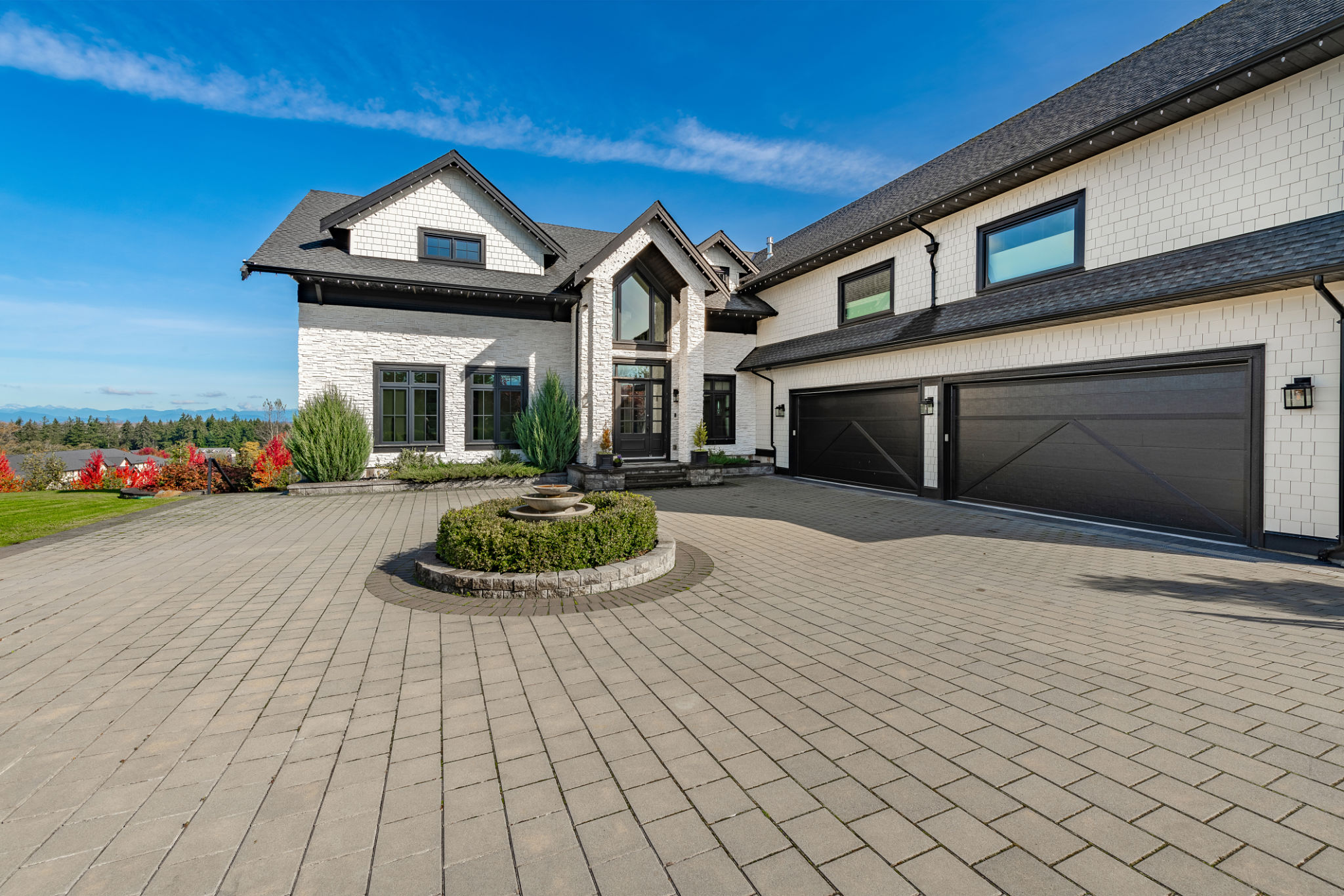Comparing Concrete and Asphalt: Which is Better for Your Barossa Property?
Introduction to Paving Options
When it comes to paving your Barossa property, choosing the right material is crucial for both aesthetics and functionality. The two primary contenders are concrete and asphalt, each with its own set of advantages and drawbacks. Understanding these differences can help you make an informed decision that aligns with your needs and budget.

Durability and Longevity
Durability is a key factor in deciding between concrete and asphalt. Concrete surfaces are generally known for their long life span, often lasting up to 30 years or more with proper maintenance. Asphalt, on the other hand, has a lifespan of about 15 to 20 years. However, asphalt can be more resilient to temperature fluctuations, making it a popular choice in areas with extreme weather conditions.
Concrete is more resistant to wear and tear, but it's also prone to cracking under significant weight or shifting soil. Asphalt is more flexible, which can help it withstand minor ground movements without cracking, but it may require more frequent maintenance and sealing to keep it in good condition.
Cost Considerations
Cost is often a significant deciding factor for many property owners. Generally, asphalt is less expensive than concrete, making it a more budget-friendly option up front. The initial cost of asphalt can be half that of concrete, which may be appealing if you're working with a tight budget.

However, it's essential to consider the long-term costs as well. Concrete may have a higher initial price, but its longer lifespan means potentially lower costs over time. Asphalt's need for periodic resealing can add to its overall expense, potentially offsetting its initial cost advantage.
Aesthetic Appeal
The aesthetic appeal of your driveway or walkway can significantly impact your property's curb appeal. Concrete offers a variety of design options, including colored finishes and stamped patterns, allowing for greater customization to match your home's style. It can be tailored to create unique looks that enhance the overall appearance of your property.
Asphalt typically has a more uniform appearance, which can be a drawback if you're looking for something visually distinctive. However, its sleek black finish can complement modern or minimalist designs effectively.

Environmental Impact
Environmental considerations are becoming increasingly important in construction decisions. Asphalt is made from petroleum, which raises concerns about its environmental impact. However, it is recyclable and can be reused in new projects, reducing waste.
Concrete production involves significant energy use and CO2 emissions. Nevertheless, innovations in eco-friendly concrete are emerging, offering options with reduced environmental footprints. Consider these factors if sustainability is a priority for your project.
Conclusion
Ultimately, the choice between concrete and asphalt depends on various factors, including budget, durability needs, aesthetic preferences, and environmental concerns. Both materials have their merits and challenges. By weighing these considerations carefully, you can choose the paving option that best suits your Barossa property's unique requirements.